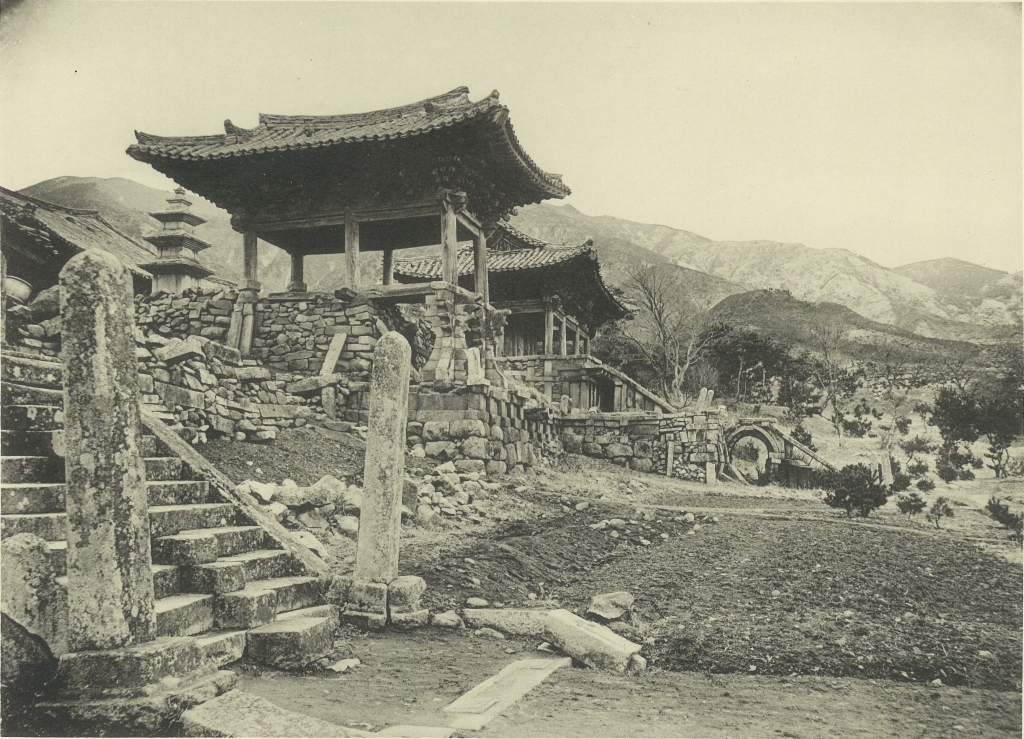|
Seokguram Grotto
The Seokguram Grotto is a hermitage and part of the Bulguksa temple complex. It lies four kilometers east of the temple on Mt. Tohamsan, in Gyeongju, South Korea. It is classified as ''National Treasure No. 24'' by the South Korean government and is located at 994, Jinhyeon-dong, Gyeongju-si, Gyeongsanbuk-do. The grotto overlooks the Sea of Japan and rests 750 meters above sea level. In 1962, it was designated the 24th national treasure of Korea. In 1995, Seokguram was added to the UNESCO World Heritage List together with the Bulguksa Temple. It exemplifies some of the best Buddhist sculptures in the world. The Seokguram grotto is said to have been built by Kim Daeseong and originally called ''Seokbulsa'' (석불사, ''Stone Buddha Temple''). Construction began in 742 when Kim Daeseong resigned his position in the king's court or in 751, the 10th year of the reign of King Gyeongdeok of Silla. This time period was the cultural peak of Unified Silla. The grotto was comple ... [...More Info...] [...Related Items...] OR: [Wikipedia] [Google] [Baidu] |
Bulguksa
Bulguksa is located on the slopes of Mount Toham (Jinheon-dong, Gyeongju city, North Gyeongsang province, South Korea). It is a head temple of the Jogye Order of Korean Buddhism and encompasses six National treasures of South Korea, including the Dabotap and Seokgatap stone pagodas, Cheongun-gyo (Blue Cloud Bridge), and two gilt-bronze statues of Buddha. The temple is classified as ''Historic and Scenic Site No. 1'' by the South Korean government. In 1995, Bulguksa was added to the UNESCO World Heritage List together with the Seokguram Grotto, which lies four kilometers to the east. The temple is considered as a masterpiece of the golden age of Buddhist art in the Silla kingdom. It is currently the head temple of the 11th district of the Jogye Order of Korean Buddhism. Among the earliest woodblock prints in the world, a version of the Dharani sutra dated between 704 and 751 was found there in 1966. Its Buddhist text was printed on a mulberry paper scroll. History The temple's ... [...More Info...] [...Related Items...] OR: [Wikipedia] [Google] [Baidu] |
